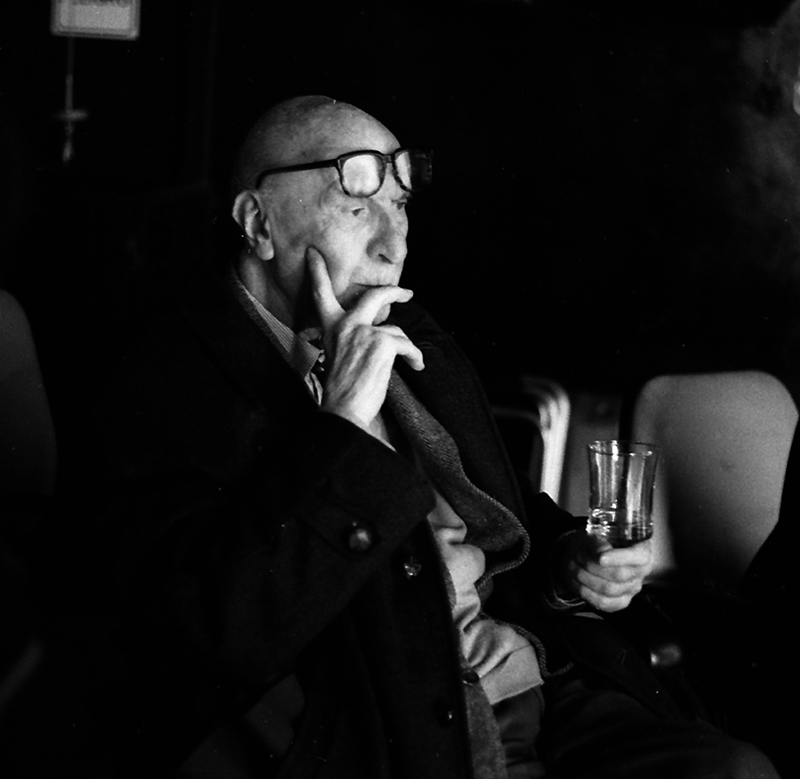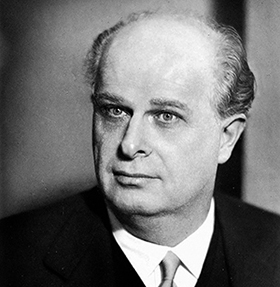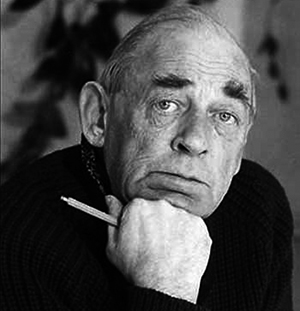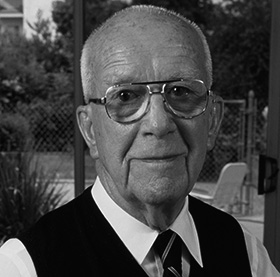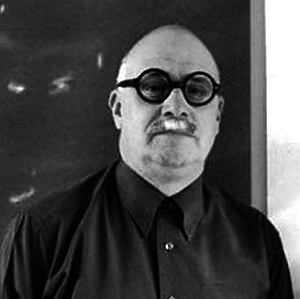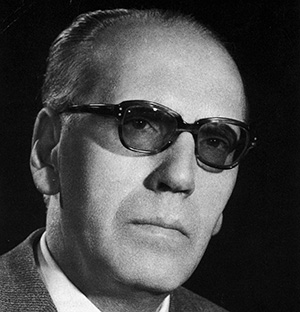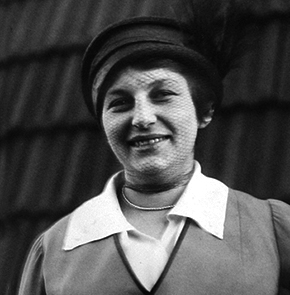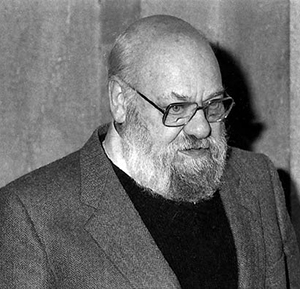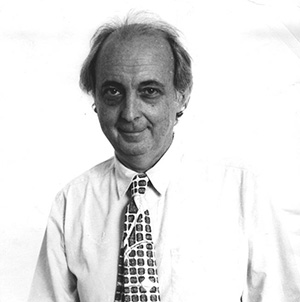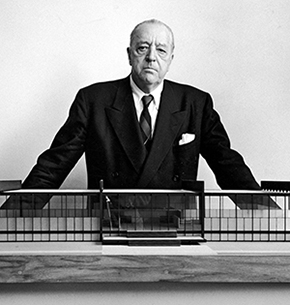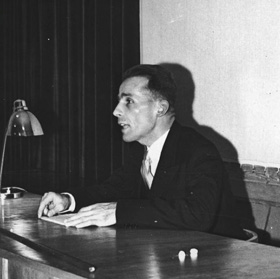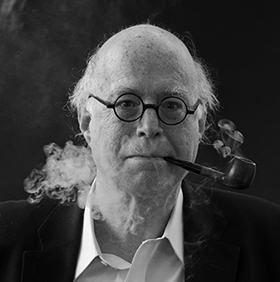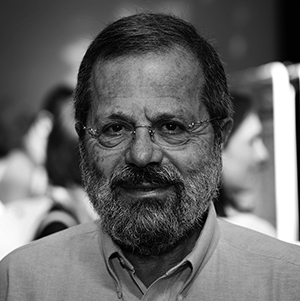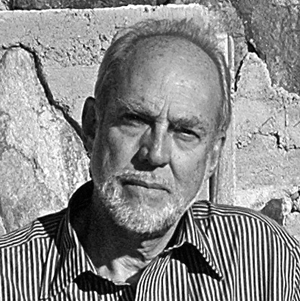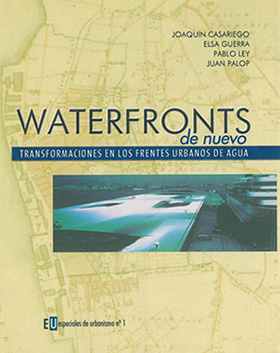By Fredy Massad and Alicia Guerrero Yeste *
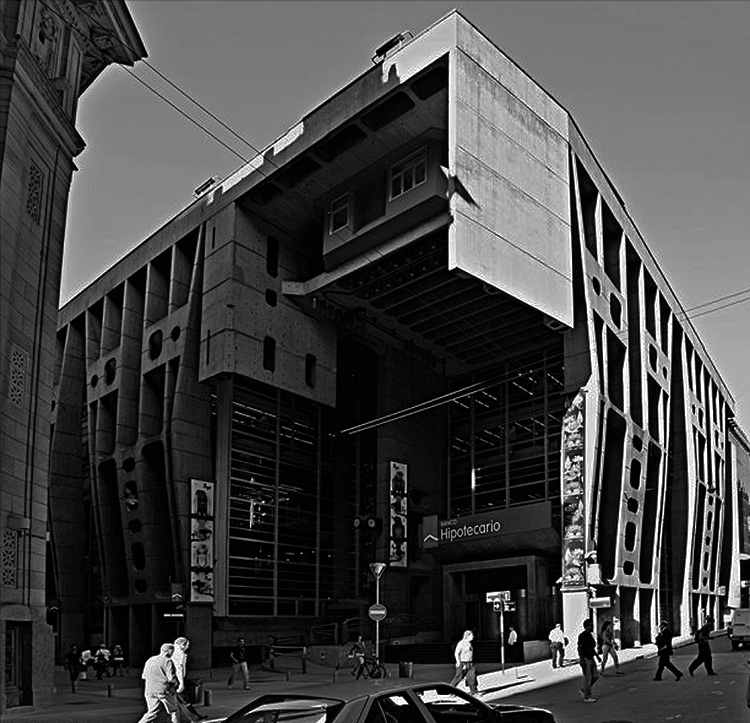 Bank of London and South America, Buenos Aires. Clorindo Testa, 1966
Bank of London and South America, Buenos Aires. Clorindo Testa, 1966
Testa was a reference of modern architecture Argentina. Influenced by European architects like Le Corbusier, had a deep creative imagination.
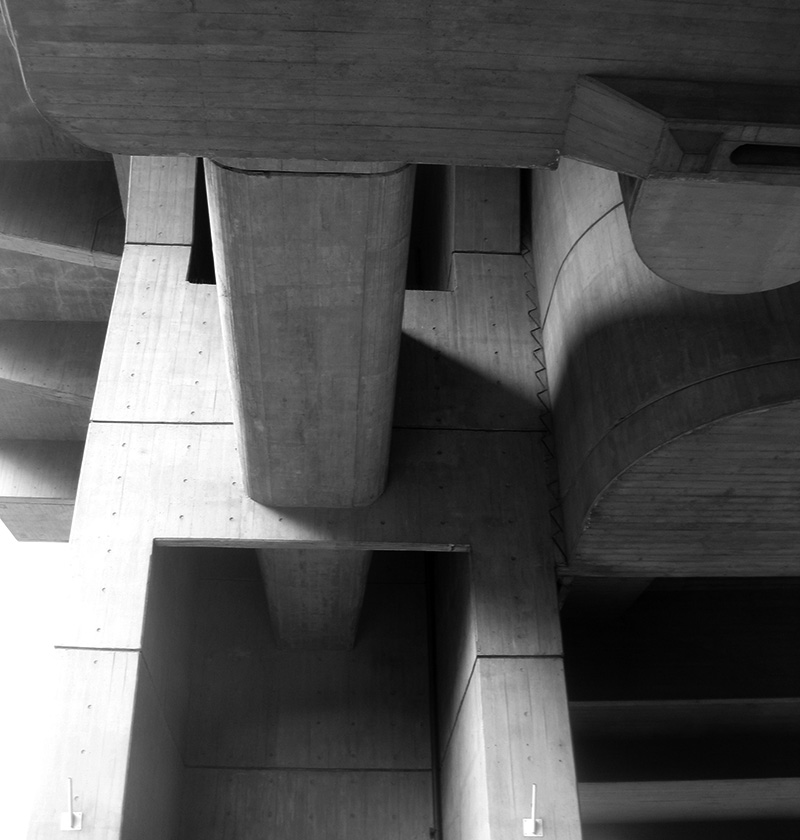 National Library of Argentina, Buenos Aires. Head, Bullrich y Cazzaniga, 1992
National Library of Argentina, Buenos Aires. Head, Bullrich y Cazzaniga, 1992
Clorindo Testa is recognized as one of the most prominent American architects of the second half of the century 20. Buildings such as the headquarters of the Bank of London (1959-1966) and the National Library of Argentina (1962) not only attractions but also Buenos Aires key monuments in the history of the Modern Movement in South America.
Despite his prolific work, Testa was a humble and generous. My first memory of its architecture dates back to my teenage days, when they were building the National Library. That architecture Testa color the memories of my life then: summer evenings in the Ibero-American Cooperation (1987-1988), Sundays at the Recoleta Cultural Center (1979) or Centennial Park, outside his Naval Hospital building (1970).
Argentine Jorge Glusberg critic noted that "there is an absence of dogmatism in Testa. Owner of a daring talent, vigorous creative imagination and a fine sensitivity, is so difficult to place it within a specific architectural movement, as ascribing to a particular artistic movement or discover their theoretical position observing his own architecture or that of others “.
The key condition that defines his work says Glusberg, “was the unavoidable presence of a guiding idea for each project. The simple Testa defined it in a more casual: “The architecture process seems slow, but in reality it is. The process is slow, but you know what you're looking to get. When you start a project you know what will be, no matter how long you plan to carry. Edit cosas, but inside you, no changes “, explained in 1998.
Testa was born in Naples in 1923. His father, a physician who had emigrated to Argentina who married a Spanish ancestry Argentina, wanted his son to be born in their homeland, a wish come upon probably the 'romance’ – and Testa will señalado. However, the father refused to let his son follow in his professional footsteps. Testa youth interests and skill in building model ships led him to study marine engineering, but soon change to civil engineering and, later, “almost by chance”, the architecture. Le Corbusier was his model. “Never watch otros architects', said. Un viaje a Europa, which was to last three months, became a two-year stay that got you interested in painting, a discipline which highlighted.
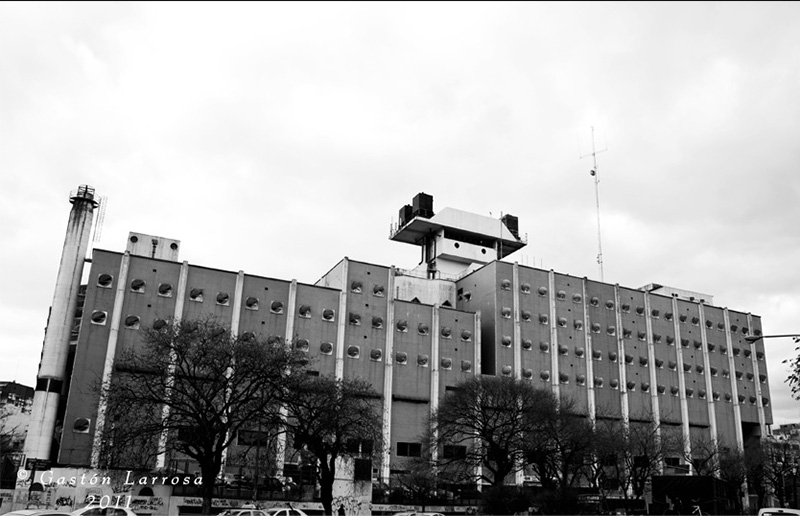 The Naval Hospital, Buenos Aires. Head, Lacarra and Genoud, 1966. Photos: Gaston Larrosa, Flickr
The Naval Hospital, Buenos Aires. Head, Lacarra and Genoud, 1966. Photos: Gaston Larrosa, Flickr
Grown in the vibrant atmosphere of Buenos Aires in the first half of the last century, Testa is undoubtedly one of the last representatives of an identity Argentina and now sadly dwindling energy. Something concrete metaphorically in the chronology of the National Library, a building designed for the prosperous and intellectually sophisticated Buenos Aires in the years 60, which is then forced to remain in limbo sinister successive military dictatorships during the years 70. However, democracy in the years 80 could not rescue and the Library had to wait until the years 90 in which officially opened; paradoxically, during the neoliberal government of Carlos Menem, a period marked the beginning of a tragic fall of the country's cultural aspirations.
For modern architecture Argentina, Testa was a cornerstone and anchor. His work, belatedly achieves international recognition, and understanding of architecture, summarizes the specific idiosyncrasies Argentina: perfect absorption everything to create something completely universal and mere local.
* Article originally published in The Architectural Review 02/05/2013
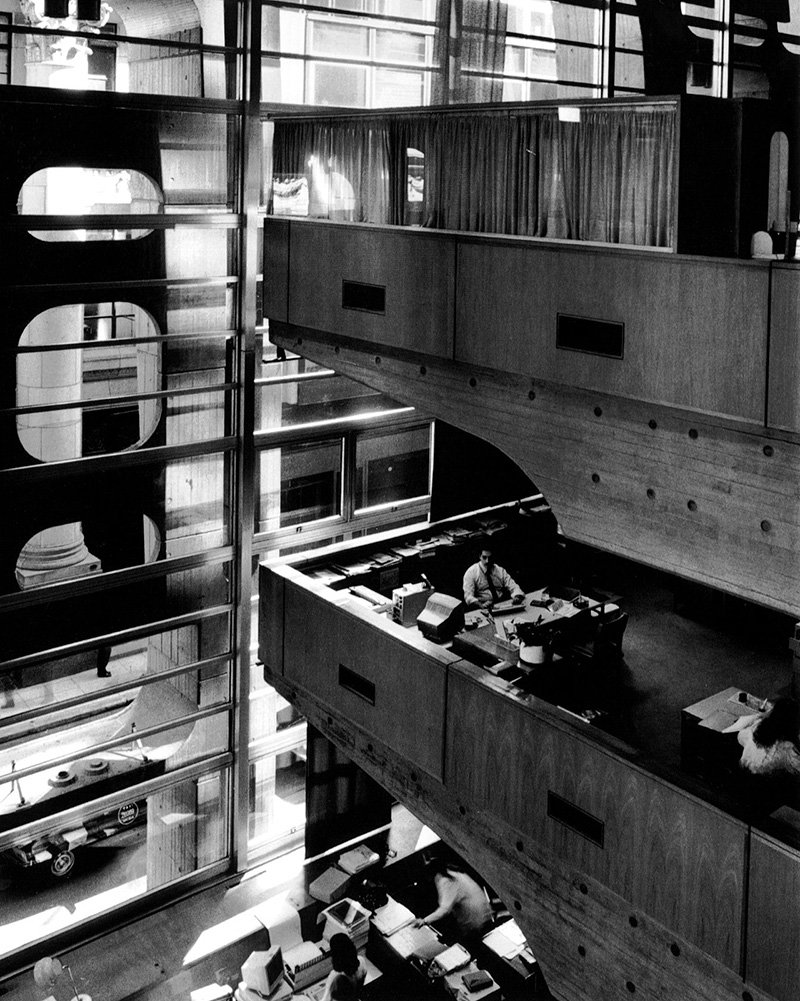 Bank of London and South America, Buenos Aires. Clorindo Testa, 1966
Bank of London and South America, Buenos Aires. Clorindo Testa, 1966
More information: Bank of London and South America. FILE Arquiscopio
